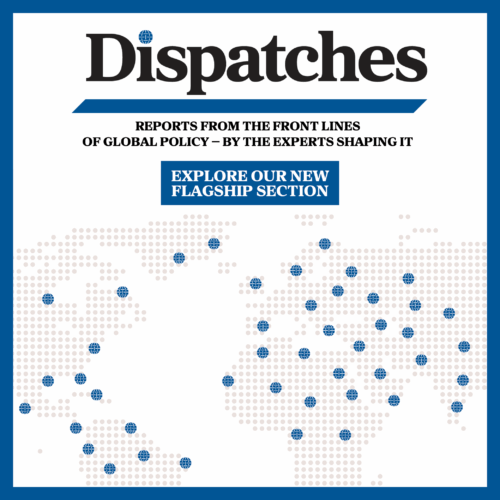Energy strategy across the Arabian Sea and Indian Ocean
The Arabian Sea and Indian Ocean (ASIO) megaregion occupies a pivotal position in the global energy landscape, both as a key transit route and as home to some of the greatest energy suppliers and consumers worldwide. This sprawling region encompasses the Gulf Cooperation Council (GCC) states, South Asia and the Association of Southeast Asian Nations (ASEAN), as well as East Africa and, further afield, Australia.
Energy cooperation within ASIO is a linchpin of economic and geopolitical stability. The GCC, with vast hydrocarbon reserves and increasing investments in renewable energy, serves as a cornerstone of energy supply for South and Southeast Asia. At the same time, the ASIO region’s energy relationships transcend supply and demand dynamics. Decarbonizing energy systems, securing critical trade routes, and addressing energy poverty all imply a growing degree of regional and interregional strategic collaboration.
The energy landscape of the ASIO region is also a key component of broader, global geopolitical and strategic change. Critical maritime chokepoints link energy trade routes with regional and international security considerations. Global powers including China and the United States actively shape the region’s energy and political dynamics, creating both opportunities for collaboration and risks of competition.
With heightened concerns about Chinese ambitions, and with a less dependable and more protectionist US partner, many ASIO countries are in a mood to balance. Geopolitical change and the need for energy are driving deeper cooperation within the bloc and prompting outreach to second-tier powers.
This publication explores the energy relationships that define the ASIO region, focusing on three key interregional dynamics: GCC-South Asia, GCC-Southeast Asia, and South Asia-Southeast Asia. It also examines the broader regional issues shared by all ASIO countries, as well as the roles of East Africa and Australia within this vast energy ecosystem. The memo also situates this discussion within the context of broader global partnerships, particularly with the United States and Western allies.
View the full issue brief
About the author
Related content
Explore the program

The Global Energy Center develops and promotes pragmatic and nonpartisan policy solutions designed to advance global energy security, enhance economic opportunity, and accelerate pathways to net-zero emissions.
Image: Trade flows foster links and stability. Illustration by Donald Partyka


